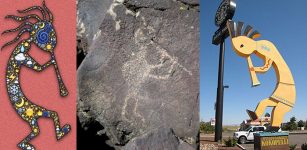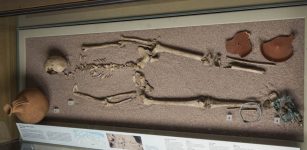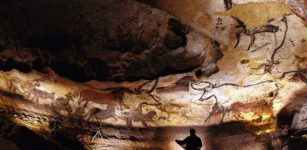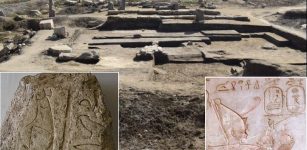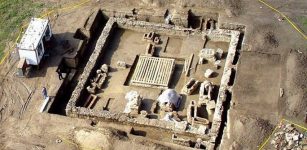Common genetic origin for farmers from Central Europe and the Mediterranean area
An international team of researchers has sequenced the first complete genome of an Iberian farmer. It is also the first ancient genome from the Mediterranean.
This new genome provides the distinctive genetic changes of Neolithic migration in southern Europe that led to the abandonment of the hunter-gatherer way of life.
The research team, led by Carles Lalueza-Fox from the Institute of Evolutionary Biology, Spain, in collaboration with Denmark’s Centre for GeoGenetics, sequenced the genome of a Neolithic woman from a tooth dated in 7,400 years and from the cardial levels of the Cova Bonica cave in Vallirana, near Barcelona, according to source.
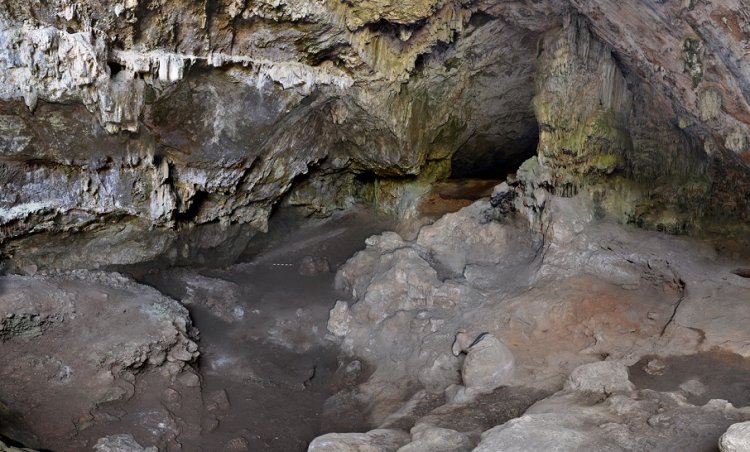
The cave named Cova Bonica, in Vallirana (Barcelona, Spain), where the remains have been found. Credit: Joan Daura/ Montserrat Sanz
The first farmers entering Europe about 8,000 years ago came from the Near East spread through the continent following two different routes: one to central Europe via the Danube, and the other towards the Iberian Peninsula following the Mediterranean coast.
From the results, researchers have been able to determine that farmers from the Mediterranean route and the inland route are very homogeneous, and clearly derive from a common ancestral population that, most likely, is that of the first farmers who entered Europe through Anatolia.
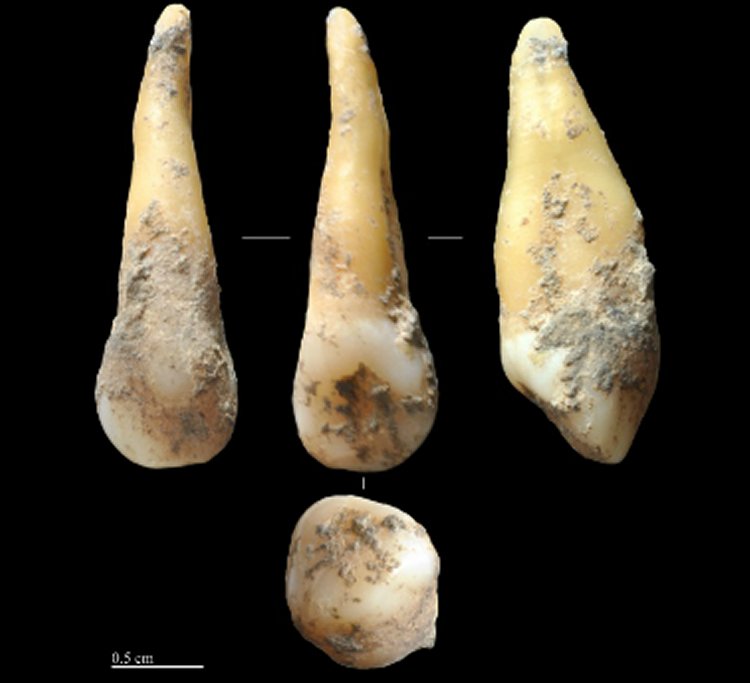
Ancient teeth found in Coca Bonica, in Vallirana (Barcelona, Spain). Photo credit: Joan Daura/Montserrat Sanz.
Analysis of the genome from Cova Bonica has allowed to restore the appearance of these pioneer farmers, who had light skin and dark eyes and hair.
This contrasts with previous Mesolithic hunters, as results from a man recovered in 2014 from La Braña in León, Spain, had blue eyes and a darker skin than current Europeans.
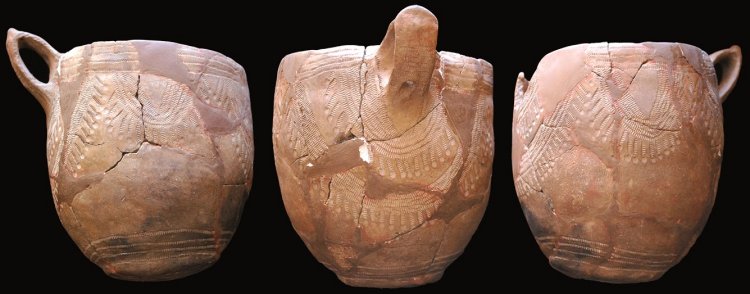
Cardium pottery found in Cova de la Sarsa, in Bocairent (Valencia, Spain). Photo credit: Pablo García Borja.
“So far, we have genomic data from 50 individuals and we want to reach more than 100. Being at the westernmost edge of Europe, the Iberian Peninsula is crucial to understand the final impact of population movements such as the Neolithic or the later steppe migrations that entered Europe from the East,” Carles Lalueza-Fox said.
The results are published in the journal Molecular Biology and Evolution.
AncientPages.com




